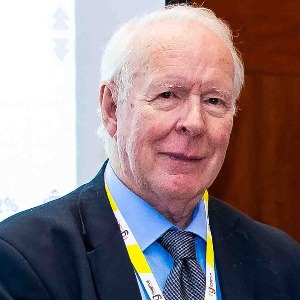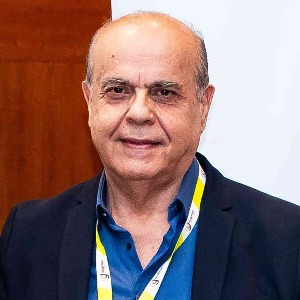Oral Veneers
Oral veneers, also referred to as porcelain veneers, are a cosmetic dental procedure commonly used to improve the appearance of teeth. Veneers are thin shells that are bonded to the visible surface of the teeth, creating a polished and aesthetically pleasing smile. Oral veneers are typically made from porcelain or other specialized materials that are designed to last for many years. Oral veneers are typically used to correct the appearance of teeth that have been affected by enamel wear or discoloration due to aging. Veneers can also be used to fix a variety of aesthetic issues such as chips, misalignment, and gaps. Prior to undergoing the veneer procedure, it is important for patients to have a discussion with their dentist about their goals and expectations for the veneers. The oral veneer procedure begins with the dentist taking a mold of the patient’s teeth. The molds are used as templates for the technicians to craft the custom veneers. When the veneers are ready, the dentist will bond them to the front surface of the teeth. Once this is done, adjustments and finishing are required to make the veneers look natural and match the shape and size of the patient’s teeth. Oral veneers are very durable and can last for many years with proper maintenance. Patients should practice good oral hygiene and get regular check-ups to ensure the veneers are in good condition. Additionally, chewing habits should be adjusted to avoid putting too much stress on the veneers. Avoiding acidic foods and drinks such as sodas and citrus fruits also helps to keep the veneers looking their best. In conclusion, oral veneers are an effective way to improve the appearance of the teeth and create a beautiful smile. The procedure is relatively quick and easy, and the results can last for many years with proper care. It is important to discuss your goals and expectations with your dentist prior to undergoing the veneer procedure in order to ensure the best possible outcome.

David Geoffrey Gillam
Queen Mary University of London, United Kingdom
Christopher Turner
Spacemark Dental, United Kingdom




Title : Evaluating hygienist follow up for head and neck oncology patients in secondary care: Results from a two cycle audit
Peter Basta, Newcastle Dental Hospital, United Kingdom
Title : Atypical facial pain unravelled
Christopher Turner, Spacemark Dental, United Kingdom
Title : New treatment of temporomandibular disorder through muscle balance and muscle regeneration by activation of quiescent muscle stem cells( satellite cells) with mitochondrial dynamics
Ki Ji Lee, National Reserach Foundation & Busan Medical University, Korea, Republic of
Title : MRONJ and ORN: Referral or management in primary care? Navigating guidelines in the context of long waiting lists
Alisha Sagar, NHS England, United Kingdom
Title : Managing the unexpected: An Insight into supernumerary teeth
Bahar Gharooni Dowrani, Guy's and St Thomas' NHS Foundation Trust, United Kingdom
Title : Laxative prescribing for post operative head and neck cancer patients at Derriford Hospital
Pui Sze Kylie Li, Cardiff and Vale University Health Board, United Kingdom